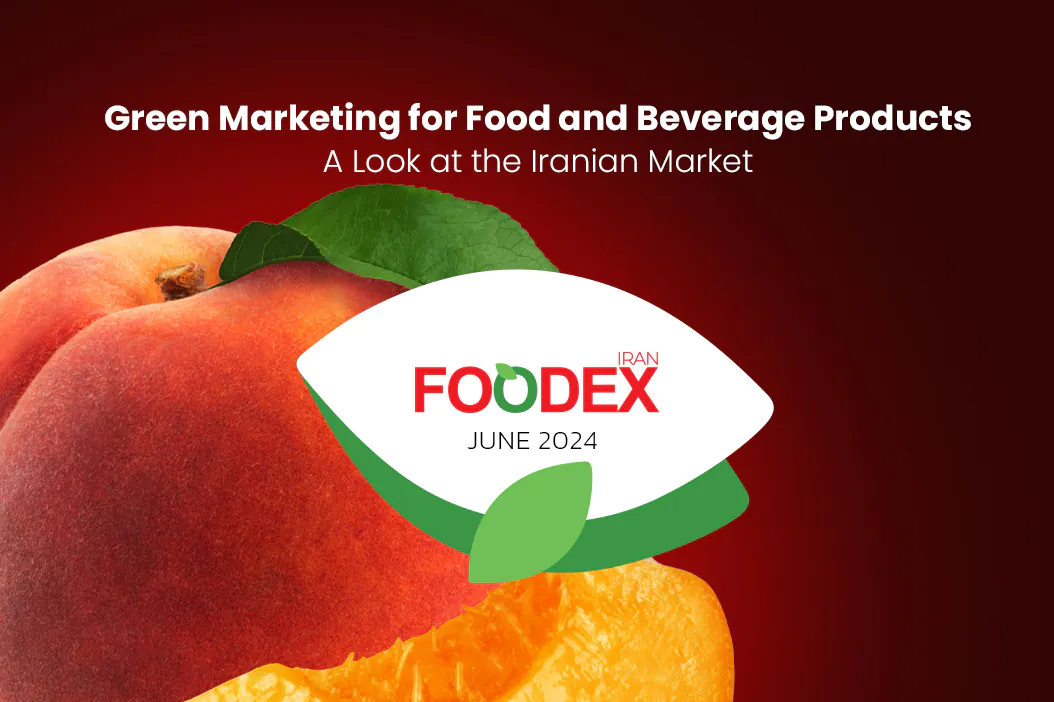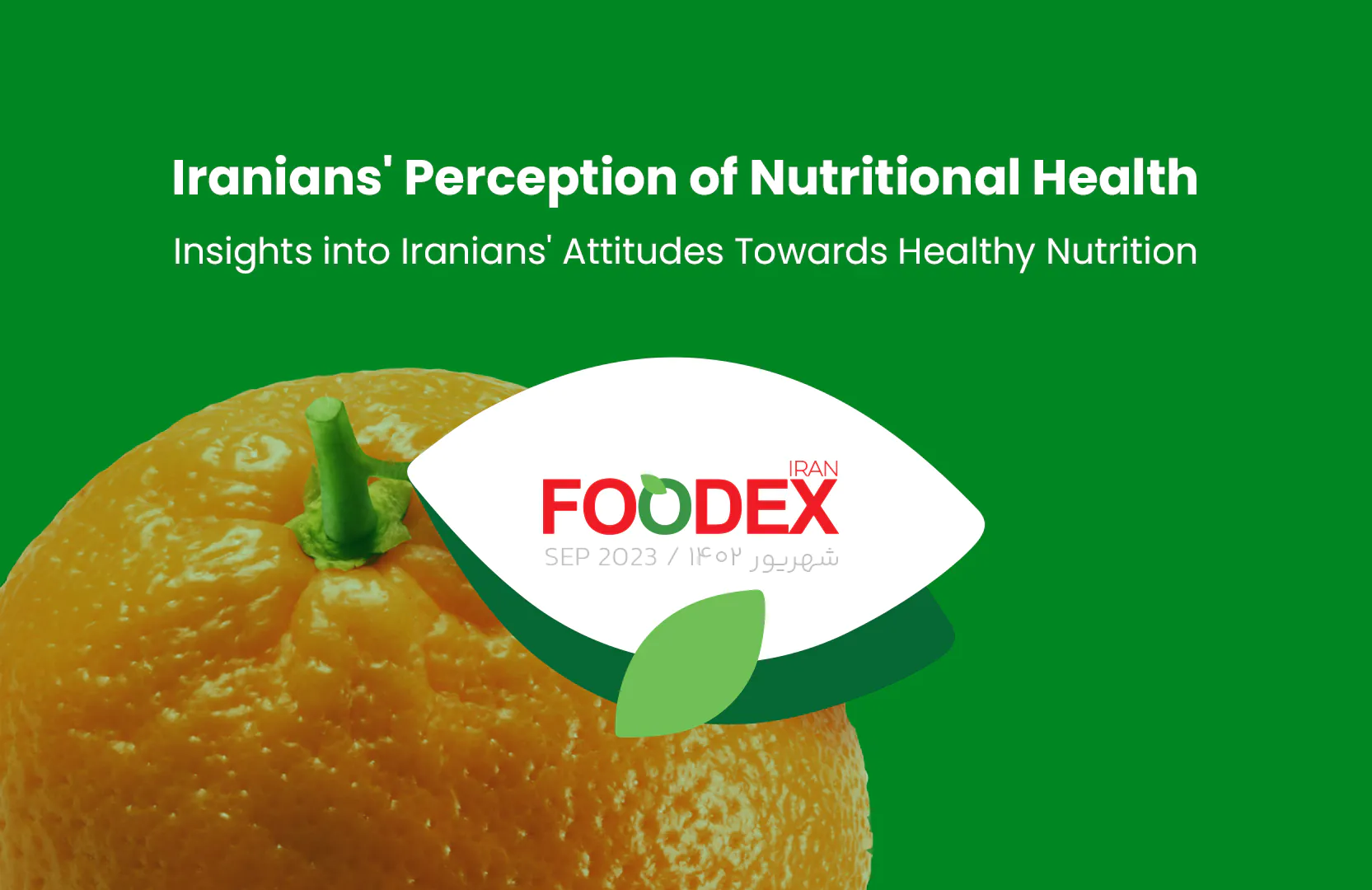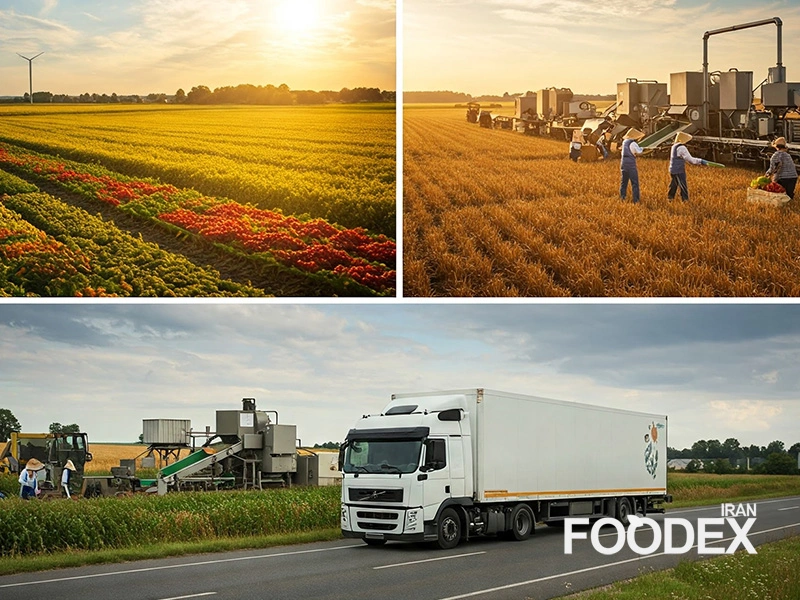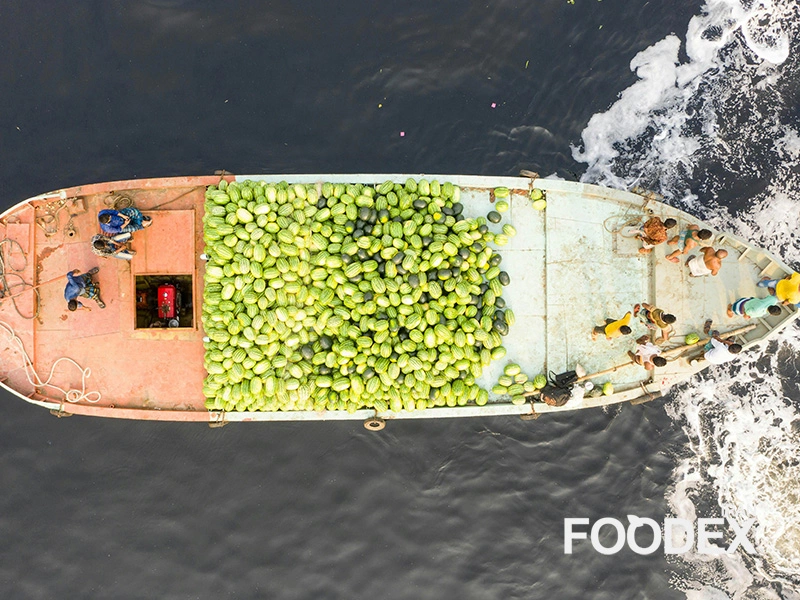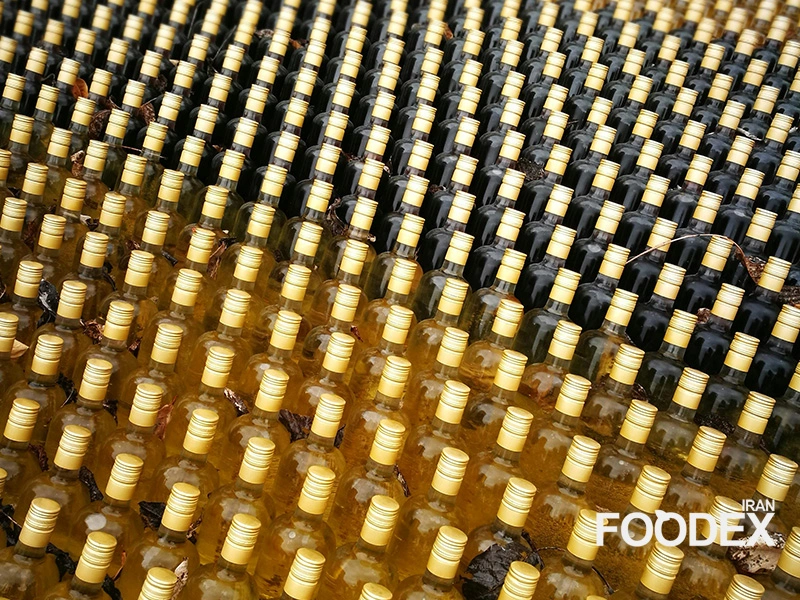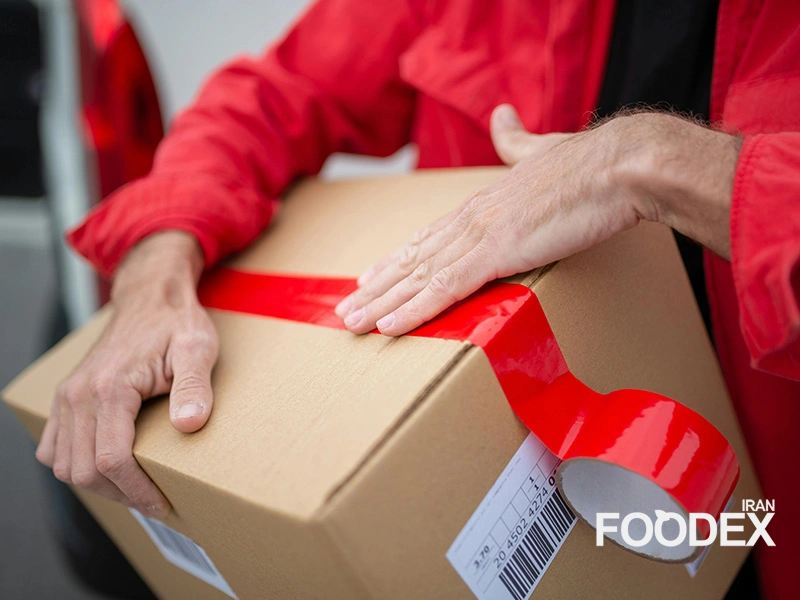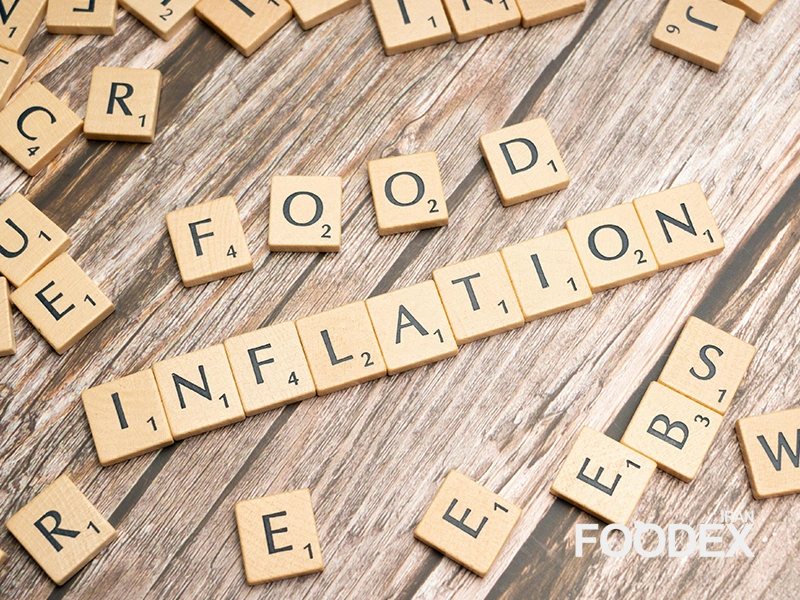In today’s fiercely competitive food industry, supply chains are the backbone of success—or failure. From farming and production to distribution and retail, an optimized supply chain doesn’t just cut costs; it fuels profitability and ensures high-quality products reach consumers faster.
This article explores practical strategies for fine-tuning your food supply chain. Using advanced technology in addition to contemporary methods enables businesses to minimize waste, further enhance product excellence, and smoothen the distribution process. Let’s examine some of the best practices in food supply chain optimization for maximum efficiency.
Understanding the Food Supply Chain
The food supply chain is the process that moves food from farms to the end consumer. This includes farmers, manufacturers, distributors, retailers, and customers. For businesses and consumers alike, a win-win situation means fresher products at lower costs.
Example: Nestlé is one of the largest food manufacturers on the planet. It has optimized its supply chain to churn out high-quality goods and get them into the hands of customers worldwide faster and more economically.
The Role of Technology in Optimizing the Supply Chain
Technology is significantly modernizing the food supply chain. Companies use IoT, AI, and blockchain to track products more precisely, improving quality while reducing logistics costs.
Internet of Things
Sensors tied to the internet at every stage in the supply chain can monitor environmental conditions like temperature and humidity. This aids immediate action if something goes wrong, helping maintain product quality.
Artificial Intelligence
AI is useful in demand forecasting, optimization of delivery routes, and inventory management. AI lets manufacturers know how much raw material they have to make and prevents overstocking or even shortage issues.
Blockchain
This technology brings transparency to the supply chain. Therefore, consumers can easily trace where their food comes from, which builds confidence in the brand.
Example: Walmart uses blockchain technology to track food supplies. By applying blockchain, Walmart improved the supply chain’s transparency, moving high-quality and safer food to consumers much quicker.
Optimizing Production and Distribution
Streamlining production and distribution is one of the most essential aspects of supply chain optimization. With modern tools and systems, companies can reduce production time and costs while delivering goods more efficiently.
Waste Reduction
Food waste is an immense problem. However, refining production and distribution processes reduce spoilage and waste. Quality control systems and advanced technology inventory management tools can help minimize it.
Example: To meet high production standards and reduce waste, Unilever has tight quality control systems in place. Unilever has integrated advanced technologies within the production process, thereby minimizing the waste of raw materials.
Smart Transportation Systems
Smart transportation systems contribute greatly to speeding up the distribution process and cutting costs. They help companies use route management software to choose appropriate paths and thus reduce delivery time.
Example: McDonald‘s has approved intelligent transportation systems that smooth restaurant delivery. This has really streamlined McDonald’s supply chain, reducing delivery times and increasing overall productivity.
Efficient Inventory and Warehouse Management
Efficient inventory and warehouse management is a key challenge in the food supply chain. With proper management techniques and modern technology, it is quite possible for companies to maintain the correct amount of stock. This helps the company avoid having excessive or insufficient stock.
Just-in-Time Inventory Management
This will enable the inventory management system to allow the company to produce or stock just the quantity of goods required. This avoids piling unwanted inventory. JIT does not have expenses associated with storage facilities and also avoids loss accruing from spoilage of food items.
Example: Subway has implemented a JIT inventory management system whereby just the correct quantities of ingredients are delivered to its restaurants. This saves money and guarantees that the products are fresh, increasing the overall quality of the merchandise.
RFID Technology
RFID enables a company to trace its inventory correctly to avoid any mistakes or errors while handling warehouses. This technology increases the accuracy and speed of inventory management.
Example: Amazon employs RFID technology in its warehouses for accurate inventory management. This has increased the processing speed and allowed for greater control over inventories.
Global Supply Chain Optimization and International Collaboration
Most food companies rely on international suppliers of ingredients. Global supply chain optimization can reduce costs and improve efficiency, and international collaboration is often a key factor in long-term success.
Developing a Network of Local and International Suppliers: Buying from various types of suppliers in different parts of the world expands a firm’s resource base and decreases dependence on selected supplies subject to unexpected supply chain disruptions.
Example: Starbucks partners with coffee growers in countries all over the world. It adopts high-level technology to follow the journey of its coffee beans from farm to cup. Such a strategy has contributed to Starbucks’s ability to streamline its supply chain without compromising its product quality.
Challenges in Global Transportation
One of the major challenges in executing a world supply chain is overcoming transport problems and fluctuations in international regulations. These could be overcome with the help of efficient transport systems and, where possible, collaborations with specialized logistics.
Conclusion: Optimization of Food Supply Chains
Businesses can gain a competitive advantage due to lower costs, better product quality, and faster distribution. By adopting innovative technologies, such as IoT, AI, and blockchain, improving production and enhancing distribution channels and inventory management, businessmen can increase the efficiency of their supply chains.
In the end, a well-optimized supply chain allows food companies to decrease costs and maintain freshness in their products, meaning high quality for their customers. This, in turn, brings satisfaction and a basis for long-term success in local and international markets.
Sources
Euromonitor International. (2021). “Global Food and Beverage Supply Chain Report.”
Nestlé. (2021). “Sustainable Supply Chain Initiatives.”
McDonald’s. (2020). “Supply Chain Management: Case Study.”
Walmart. (2021). “The Role of Blockchain in Food Supply Chain Transparency.”
Unilever. (2021). “Supply Chain Efficiency through Technology.”
Ehsan Allahverdi
Executive Manager of Foodex Iran
Marketing Consultant for Leading Food & Beverage Brands
website | linkedin









